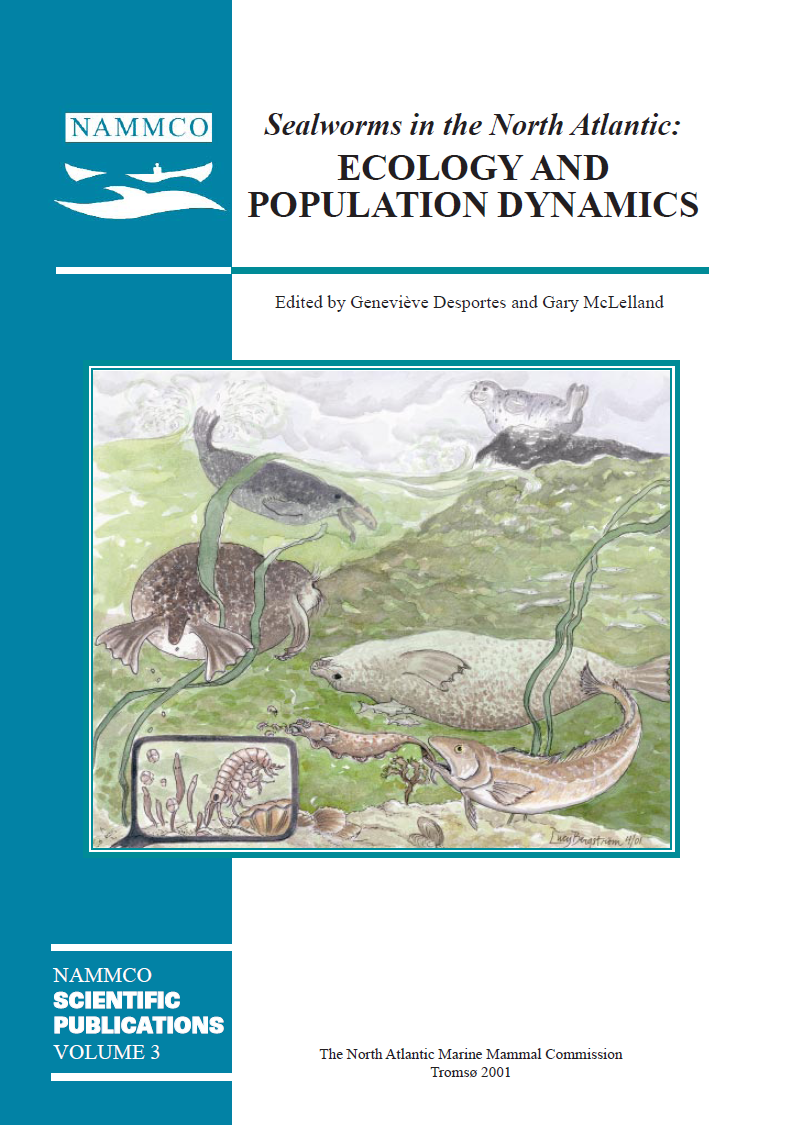Distribution and abundance of sealworm (Pseudoterranova decipiens) and other anisakid nematodes in fish and seals in the Gulf of St. Lawrence: potential importance of climatic conditions
DOI:
https://doi.org/10.7557/3.2962Keywords:
Sealworms, Pseudoterranova decipiens, hosts, anisakid nematodes, Gadus morhua, Myoxocephalus scorpius, Myoxocephalus octodecemspinosus, grey seals, Halichoerus grypus, climate changeAbstract
Prevalence and abundance of sealworm (Pseudoterranova decipiens) and other anisakid nematodes were determined in a variety of fishes from the Gulf of St. Lawrence in 1990 and 1992. Sealworm abundance and prevalence were also determined in three species of seals in the Gulf between 1988 and 1992. Atlantic cod (Gadus morhua) and shorthorn (Myoxocephalus scorpius) and longhorn sculpin (M. octodecemspinosus) were the fishes most heavily infected with sealworm. Grey seals
(Halichoerus grypus) proved to be the most important definitive hosts for sealworm in the Gulf. Abundance of sealworm increased, whereas that of Anisakis simplex and contracaecine nematodes decreased, from north to south in the Gulf. Abundance of sealworm increased compared to earlier surveys in most areas of the Gulf, but decreased in both cod and grey seals during the course of this study. In contrast, abundance of Contracaecum osculatum and Phocascaris spp. in grey seals and cod continued to increase during the study period. Observed increases of nematodes are attributed to growing populations of grey seals (for sealworm) and harp seals (for Contracaecinea). Levels of A. simplex remained relatively constant between 1988 and 1992 in both grey seals and cod. There is no evidence suggesting that observed patterns in nematode abundance were due to changes in grey seal diet. Nor was there any evidence of competition between P. decipiens and C. osculatum in grey seals affecting either sealworm abundance or fecundity. The trends detected herein are attributed to climatic events in the Gulf of St. Lawrence, where water temperatures in the cold intermediate layer consistently decreased between 1986 and 1994. It is suggested that low temperatures inhibited development and hatching of sealworm eggs, but not those of C. osculatum.





